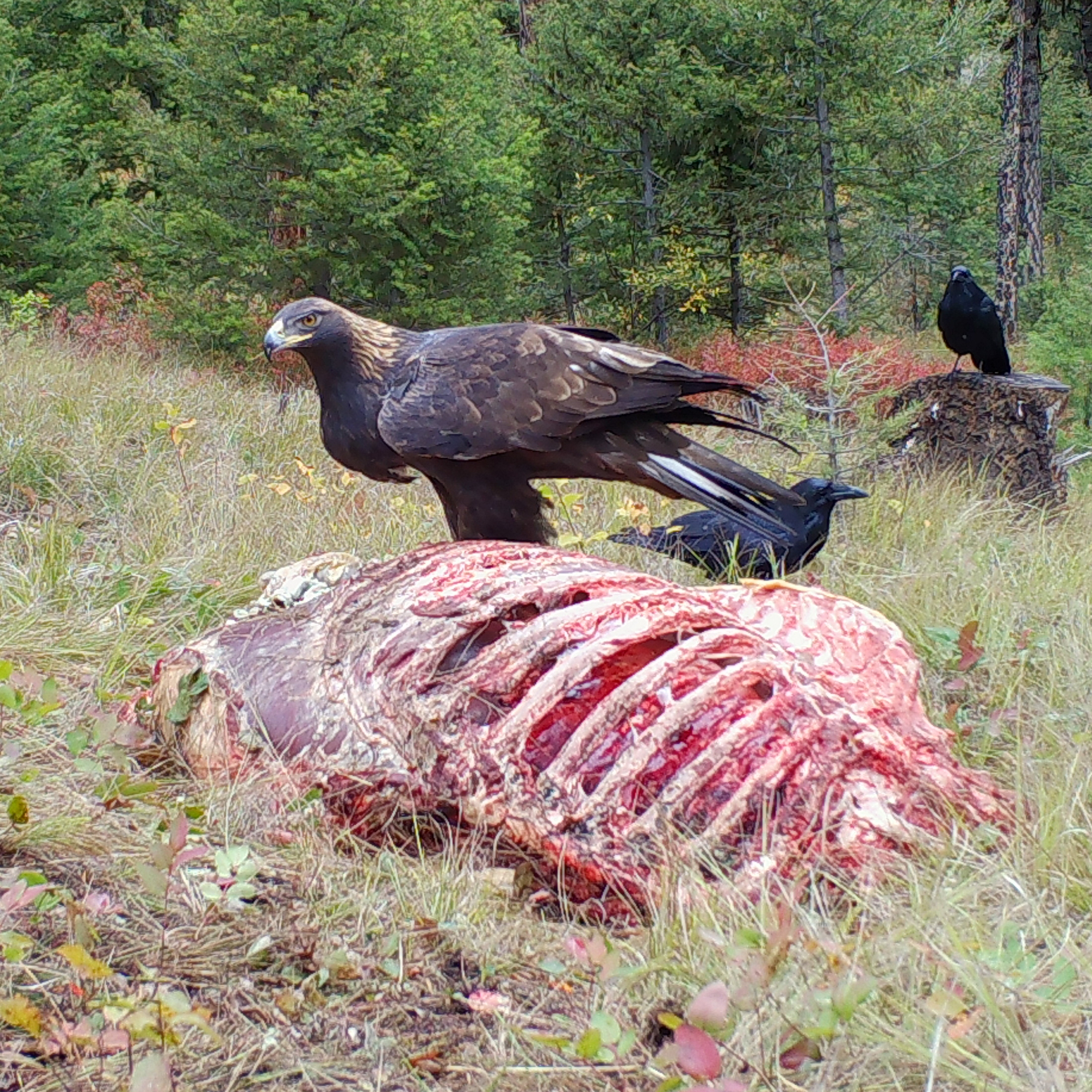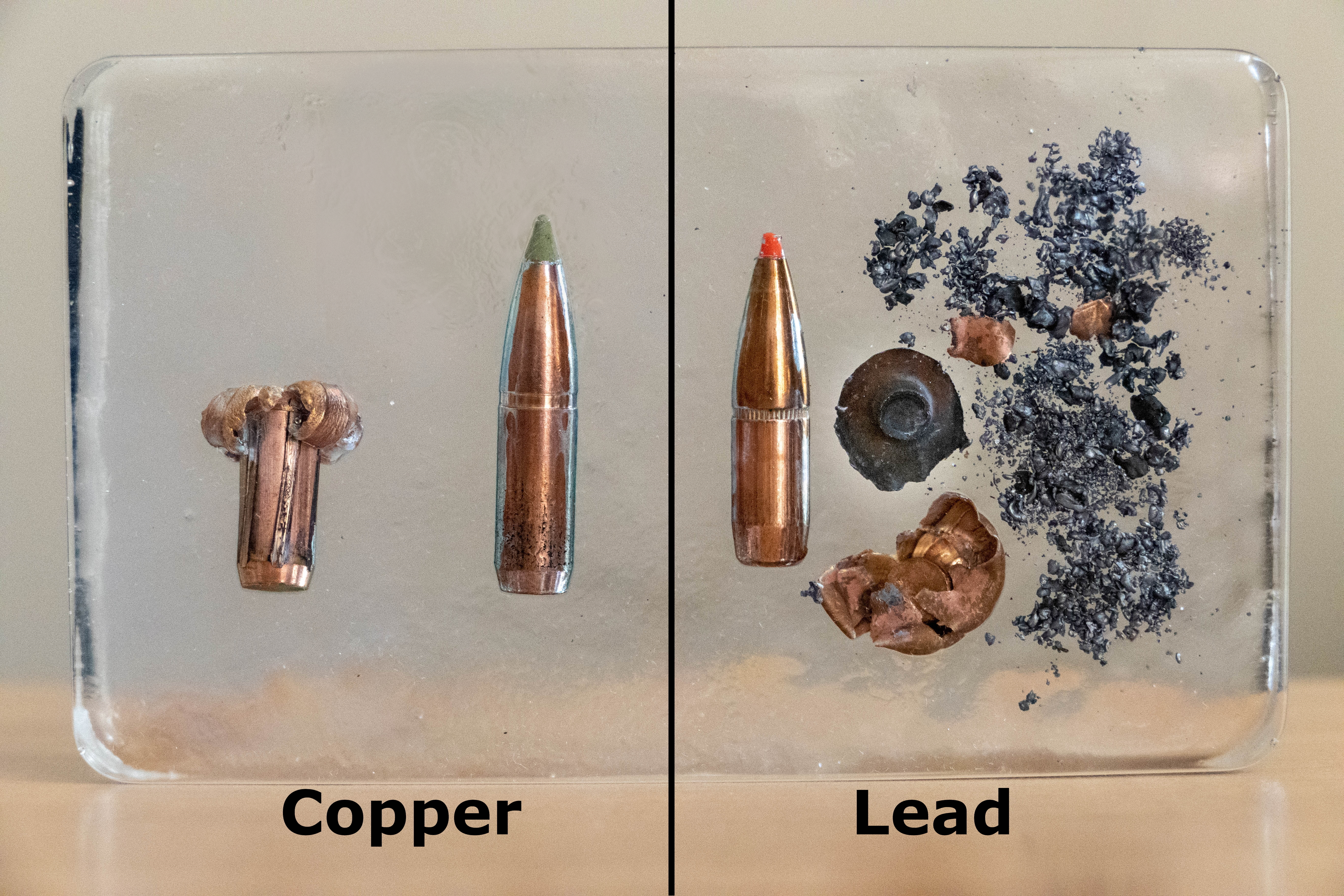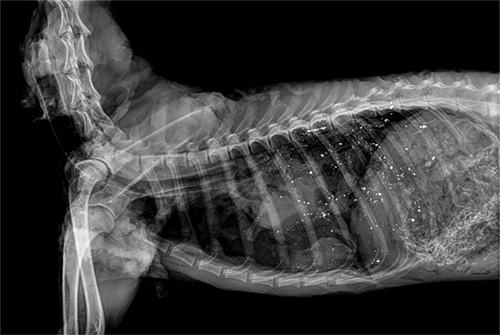The Challenge
Wind energy development has increased substantially in recent years in the western US and new facilities are slated to be built. The placement of wind turbines often overlap with golden eagle habitat resulting in mortalities by direct collision. In response, the United States Fish and Wildlife Service (USFWS) instituted a policy of no net loss. When golden eagles die as a direct result of wind development, mitigation efforts must be implemented to reduce eagle deaths to compensate for the losses. The only accepted and used mitigation technique is retrofitting power poles. Both the USFWS and the wind industry have expressed the need to increase the number of acceptable mitigation methods. Lead is a primary source of bald and golden eagle mortalities (1,2). Due to lead concentrations spiking in the blood and tissue of eagles during and directly following hunting seasons (3,4), big game hunting is considered a primary source of lead in eagles. Increasing the use of non-lead ammunition decreases lead exposure to avian scavengers (5,6). As such, we will formally test the efficacy of distributing non-lead ammunition for voluntary use by hunters to reduce eagle mortalities.

The Effort
The USFWS modeled areas of greatest eagle abundance and risk to lead exposure across Wyoming. An area with both high eagle numbers and associated risk to lead exposure is southeast Wyoming, making it an ideal area for us to target our research effort. Our approach is straightforward. First, we are reaching out to hunters with limited quota tags in several hunt units in southeast Wyoming. Those hunters will be eligible to receive 2 boxes of non-lead ammunition for the caliber of their choice (within reason). By accepting the free non-lead ammunition, each hunter is agreeing to participate in the study. The only requirement of participation is to take a brief survey following the hunting season.
Measuring Impact
We will gauge the success of our non-lead distribution program by estimating the reduction in golden eagle deaths as well as the potential to use a similar more wide-reaching program in the future. Our survey questions will focus on each hunter’s use of non-lead ammunition, whether they were successful in harvesting an animal, and whether they would consider participating in a similar program in the future. After the end of the 2020 and 2022 hunting seasons, we will estimate the number of big game animals harvested with non-lead that would have otherwise been harvested with lead. From there, we can estimate the reduction in the number of eagle deaths within our target area using an advanced modeling approach (7).


Outcome
The longer-term conservation outcome is the development of an additional framework to reduce golden eagle mortalities in areas with confirmed eagle deaths from wind turbines. In addition, the peer-reviewed scientific and publicly available data resulting from this project will broaden our general understanding of applied techniques to reduce golden eagle deaths. Hunting in North America has a long and proven history of conservation success. This effort is unique in that hunters have the ability to help sustain populations of non-hunted species. If this program is successful, Wyoming could stand as a model for other states in distributing non-lead ammunition as a successful form of compensatory mitigation to eagle deaths.

